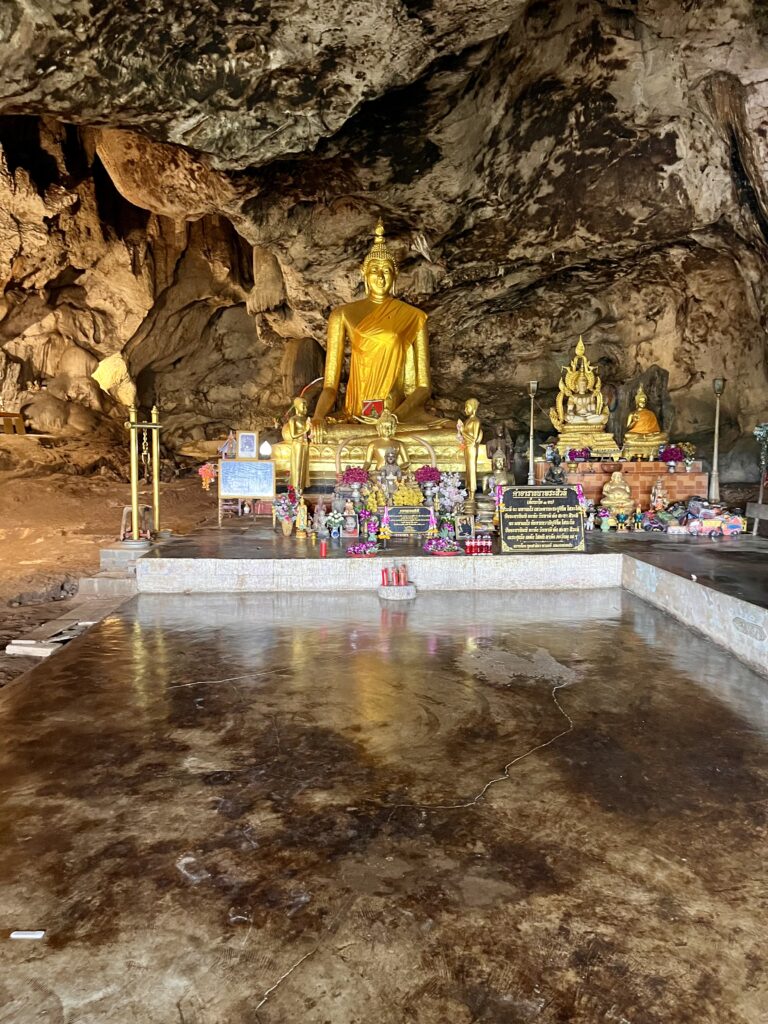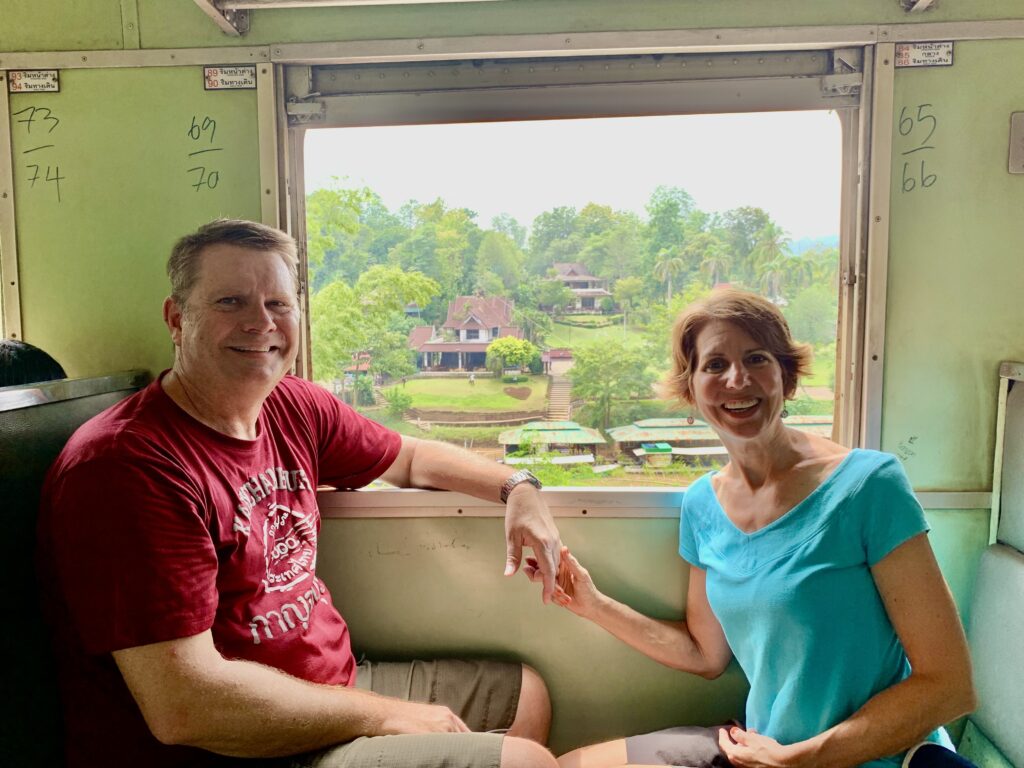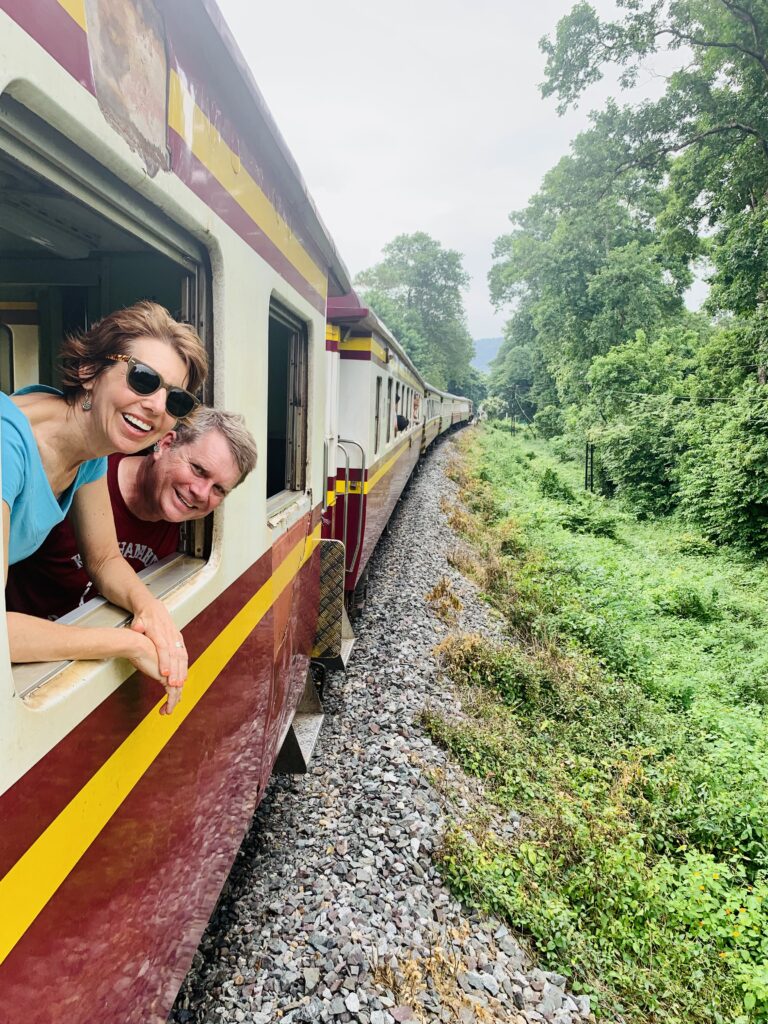In 1942, the Japanese were on a roll. Within a few months of its surprise attack on Pearl Harbor, Japan had taken Singapore, defeated Allied units throughout the Malay peninsula, and pushed back British and Chinese forces to occupy Burma. However, as Japan prepared to invade India that June, the U.S. Navy scored a huge win with the Battle of Midway, making supply routes between Japan and Burma vulnerable.
Looking for another way to keep the supply of materials and reinforcements flowing to the frontlines, Japan opted to build an overland railway using forced labor, including an estimated 60,000 Allied prisoners of war and another 200,000 Southeast Asian civilians. Workers blasted away mountains, built bridges and embankments, and laid 258 miles of track through dense mosquito-infested jungle. They suffered from starvation, disease, torture, and harsh labor.
More than 16,000 POWs and 90,000 civilians died in the brutal conditions during the railway’s construction. Many British, Australian, and Dutch victims were buried at the Kanchanaburi War Cemetery, while the bodies of U.S. casualties were shipped home.
The 1957 movie, “The Bridge on the River Kwai,” brought notoriety to the railway, and tourists still flock to the area to ride the train. The actual bridge from the movie doesn’t exist, but people pay tribute at the Bridge on River Khwai Yai in Kanchanaburi. Tony and I were woefully clueless about the railway’s history before visiting, but our guide, Naa, provided a lot of information.
After learning what had transpired here, it was a bit disconcerting to see tourists sitting cross-legged on the tracks, making peace signs and grinning for the camera as they waited for the train to arrive.
We rode the train for about an hour through verdant countryside to reach the famous bridge and bid farewell to our guide. After a carefree morning of romping around the national park, the railway provided a sobering reminder of the area’s darker history.
This cave next to the train station was used by the Japanese during construction of the railway.




At the Bridge on the River Kwai, which has experienced some post-war upgrades.
